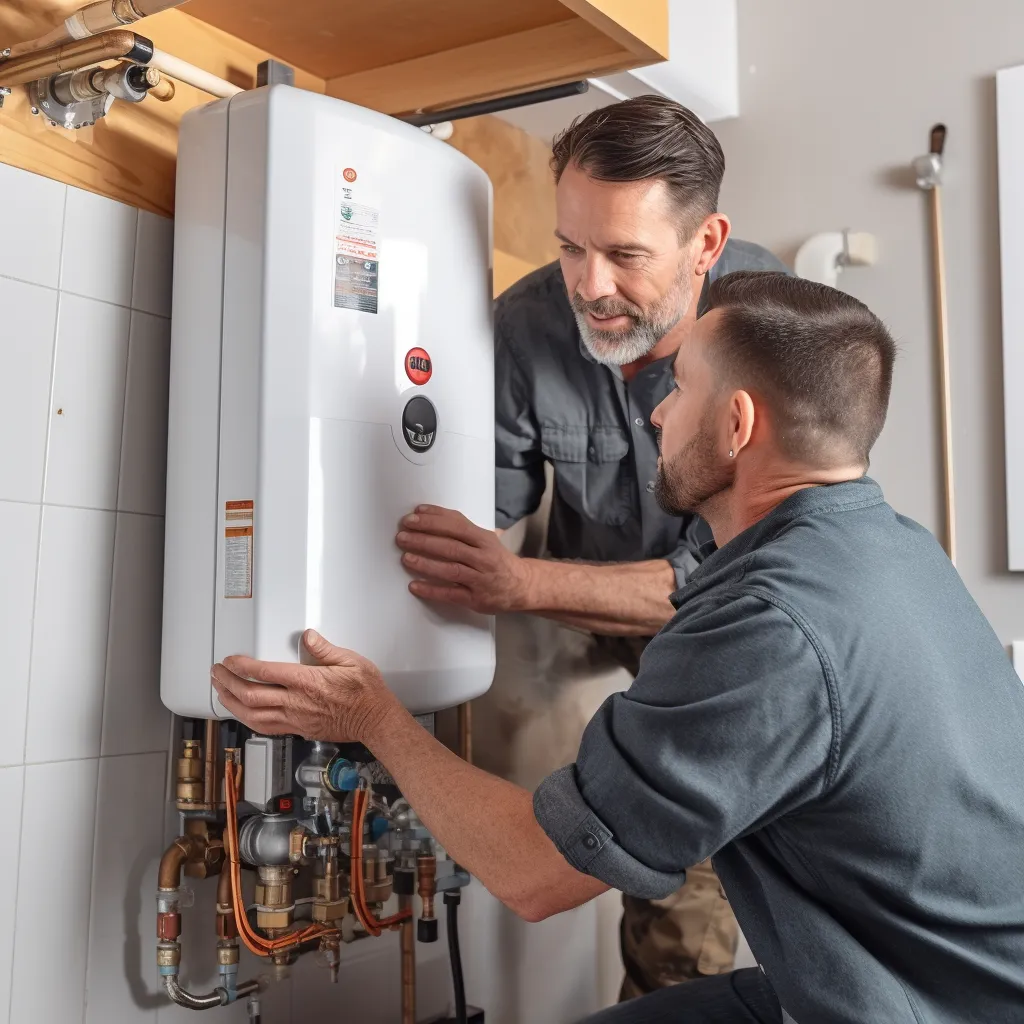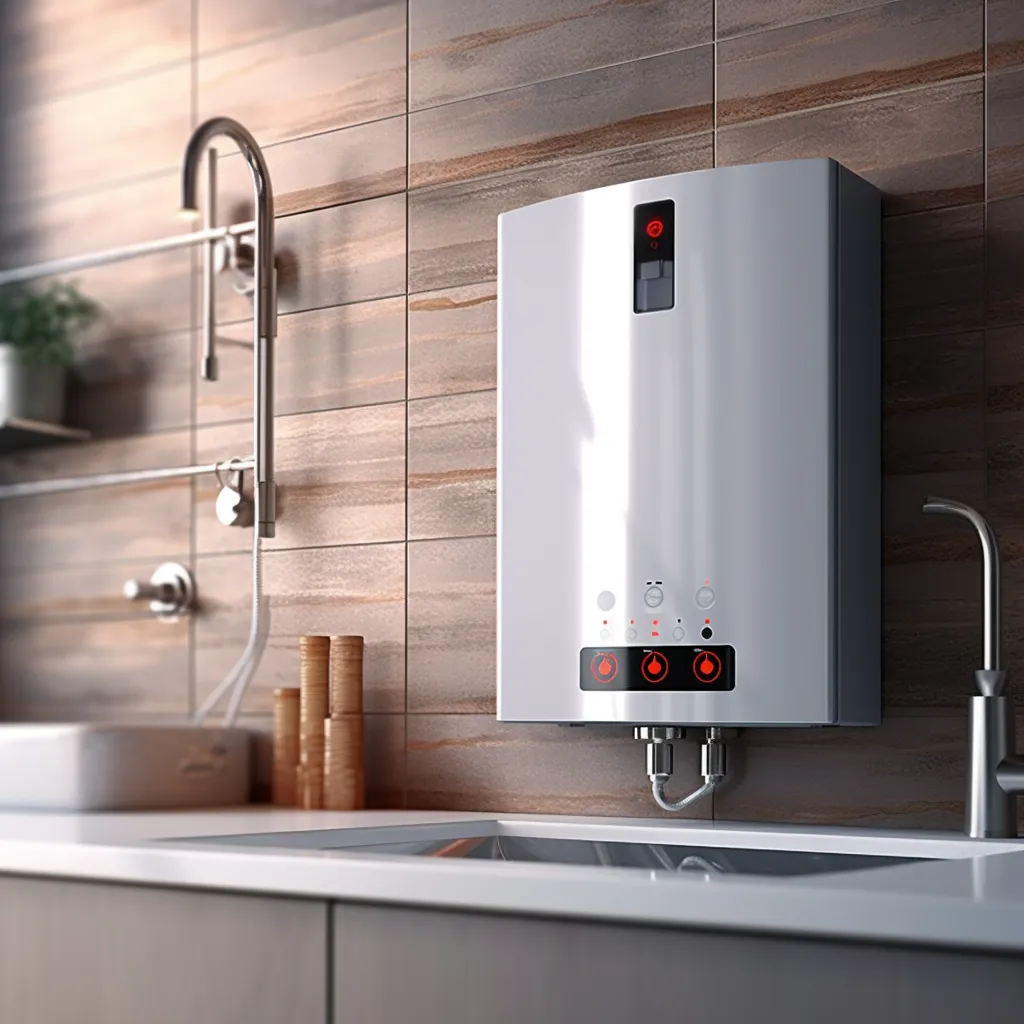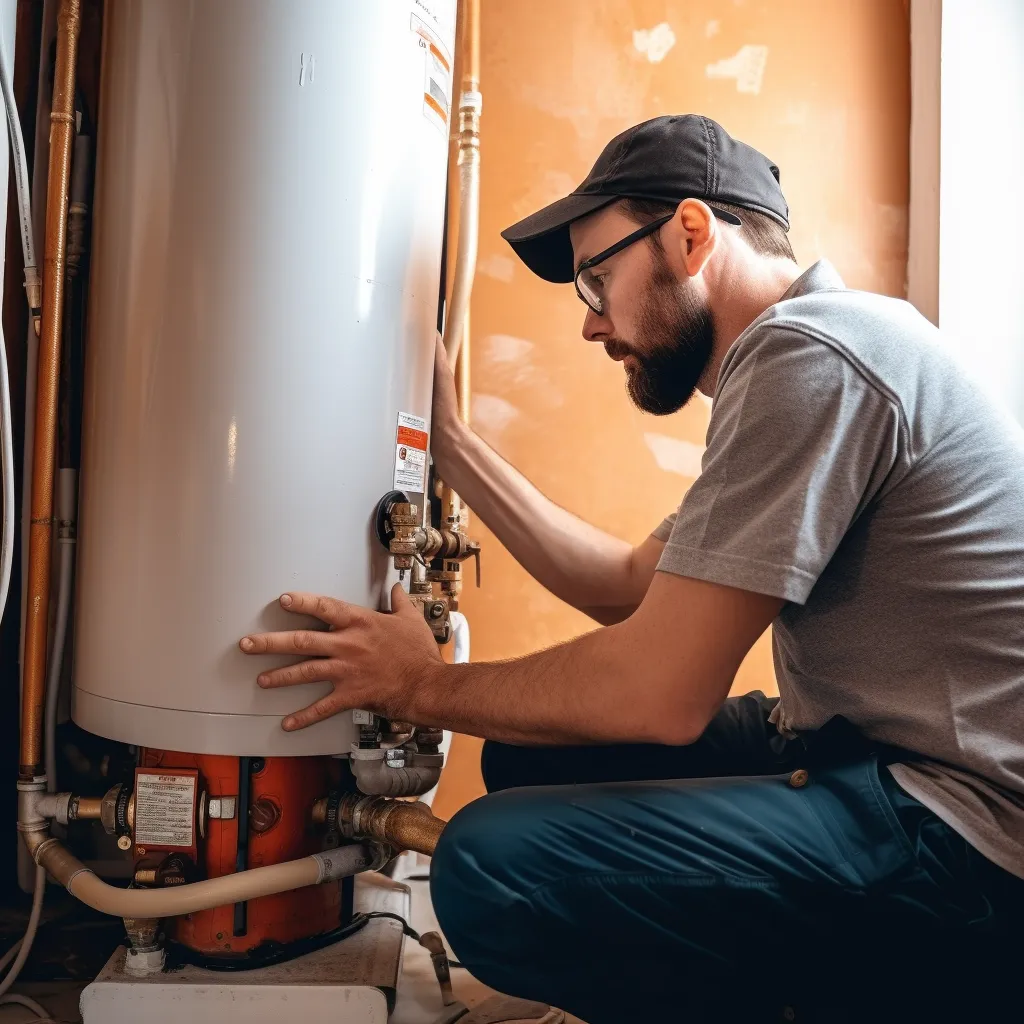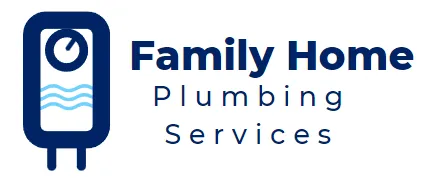Emergency Plumbing Services Seaside: 24/7 Solutions You Can Trust
When plumbing disasters strike, you need a reliable team that responds quickly and solves problems efficiently. Family Home Plumbing Services has been Seaside's trusted emergency plumbing partner for over 20 years, providing round-the-clock service to protect your home from water damage and restore your peace of mind.

Our Specialized Emergency Plumbing Services
Our licensed and insured emergency plumbers are equipped to handle any urgent plumbing situation, including:
Burst Pipe Response
Our rapid response team uses advanced leak detection technology and specialized repair techniques to quickly locate and fix burst pipes, preventing extensive water damage to your property. We ensure proper pipe replacement and restoration of your water system.
Emergency Drain Cleaning
Using professional-grade hydro jetting and snake equipment, we clear severe clogs causing overflow or backup. Our team addresses both immediate blockages and underlying issues to prevent future emergencies.
From pilot light problems to tank ruptures, we diagnose and repair all types of water heater emergencies. If replacement is needed, we can install a new unit within hours to restore your hot water supply.
Sewer Line Emergencies
Our experts use camera inspection technology to identify sewer line breaks, blockages, or backups. We provide both emergency repairs and preventive solutions to protect your home's plumbing system.

Enhanced Services And Features
1. 24/7/365 live phone support.
2. Guaranteed 60-minute response time within Seaside city limits.
3. Fully stocked service vehicles for faster repairs.
4. Upfront pricing with no overtime charges.
5. Emergency water shutoff assistance.
6. Temporary solutions when immediate repairs aren't possible.
7. Direct insurance billing for covered emergencies.
8. Extended service warranties on emergency repairs.


Common Seaside Plumbing Emergencies
Seaside-area homeowners frequently encounter these urgent situations that require immediate professional attention:
Coastal-Related Emergencies: Our proximity to the Pacific Ocean creates unique challenges. Saltwater exposure accelerates pipe corrosion, particularly in homes closer to the coast. We frequently address deteriorated pipes that suddenly fail, causing major water damage. Our specialized coating solutions help prevent future corrosion damage.
Storm and Weather Emergencies: During Seaside's winter storms, we commonly handle: Sewer system backups from overwhelming rainfall. Flooding from improperly sealed foundation penetrations. Underground pipe breaks from soil movement. Wind-related vent stack damage leading to indoor leaks. Burst outdoor pipes during unexpected freezes.
Aging Infrastructure Issues: Many Seaside homes were built in the 1950s and 1960s, leading to: Sudden failures of original galvanized pipes. Root intrusion through degraded sewer lines. Collapse of corroded drain stacks. Water main breaks at outdated connections. Emergency repiping needs when patches are no longer effective.
Vacation Property Emergencies: As a popular tourist destination, Seaside's vacation rentals face unique challenges: Overloaded plumbing systems from maximum occupancy. Garbage disposal misuse by temporary residents. Toilet clogs from improper waste disposal. Water heater failures from excessive demand. Drain backups from sand and beach debris.
Seasonal Emergencies: Different seasons bring different challenges: Summer: Increased strain on outdoor plumbing and irrigation systems. Fall: Drain clogs from fallen leaves and debris. Winter: Frozen pipe emergencies and storm-related issues. Spring: Backup issues from seasonal rain and growing root systems.
Kitchen and Bath Emergencies: Daily use facilities often experience sudden failures: Major holiday kitchen drain backups. Multi-floor leaks from overflowing tubs. Hot water system failures during peak usage. Garbage disposal motor burnouts. Severe toilet clogs affecting multiple bathrooms.

Why Taking Immediate Action Matters
When plumbing emergencies strike, every minute counts. Here's why rapid response is crucial for protecting your home and health:
Preventing Structural Damage
Water can cause devastating damage to your home's structure within hours: Wood floors begin warping within 2-4 hours of water exposure. Drywall starts deteriorating after 24 hours of moisture contact. Foundation damage can occur from sustained water saturation. Load-bearing elements may become compromised. Insulation loses effectiveness once waterlogged.
Electrical Safety Concerns
Water and electricity create immediate hazards: Risk of electrical fires from water-exposed wiring. Potential shock hazards in flooded areas. Damage to electrical systems requiring expensive repairs. HVAC system complications from water exposure. Short circuits in household appliances.
Health and Safety Risks
Plumbing emergencies can quickly create unhealthy conditions: Toxic black mold can begin growing within 24-48 hours. Sewage backups expose families to dangerous pathogens. Standing water attracts insects and pests. Contaminated water can cause respiratory issues. Slip-and-fall hazards from wet surfaces.
Financial Impact
Quick action can significantly reduce costs: Insurance may deny claims for delayed response. Water bills can skyrocket from hidden leaks. Repair costs multiply as damage spreads. Property value may decrease from water damage. Business interruption for home-based operations.
Environmental Concerns
Plumbing emergencies affect more than just your property: Water waste from ongoing leaks. Contamination of local groundwater. Strain on municipal sewer systems. Impact on neighboring properties. Energy waste from compromised water heaters.
Long-Term Prevention
Immediate professional response helps prevent future issues: Identification of underlying problems. Prevention of recurring emergencies. Protection of plumbing system integrity. Documentation for insurance and warranties. Implementation of preventive measures.
Remember: What starts as a minor leak can quickly escalate into a major disaster. Our emergency response team is equipped to address these issues immediately, potentially saving you thousands in repairs and protecting your family's health and safety.


Why Choose Family Home Plumbing Services?
1. Licensed, bonded, and insured professional plumbers.
2. Average 15+ years of experience per technician.
3. Latest diagnostic and repair technology.
4. Comprehensive service warranties.
5. Local family-owned business.
6. Thousands of successful emergency repairs.
7. Clean, uniformed, background-checked technicians.
8. Fair, transparent pricing.
9. Financing available for major repairs.
Our Service Area
We provide emergency plumbing services throughout:
Seaside
Monterey
Pacific Grove
Carmel
Marina
Sand City
Del Rey Oaks
Pebble Beach
Don't wait until minor problems become major disasters. Call our 24/7 emergency line at (831) 604-3132 for immediate assistance. The experienced team at Family Home Plumbing Services is standing by to help protect your home and restore your plumbing system.
Additional Resources
For more information about preventing plumbing emergencies, visit:
EPA Water Conservation Guidelines (1)
California Plumbing Code Requirements (2)

Frequently Asked Questions About Emergency Plumbing Repairs In Seaside
Q: How fast can you get to my Seaside home in an emergency?
A: We typically arrive within 30-45 minutes for true emergencies anywhere in Seaside. We prioritize calls involving flooding or sewage backups that could cause serious damage.
Q: My water bill suddenly doubled. Is this an emergency?
A: While not an immediate emergency, a sudden spike in your water bill often signals a hidden leak. Call us within 24 hours - we'll help you find the source before it becomes a bigger problem.
Q: Do I need to turn off my water heater during an emergency?
A: Yes, if you have a leaking water heater or flooding, turn off both the water supply and the power to your water heater. For gas heaters, turn
off the gas. For electric, flip the breaker. This prevents damage to the unit.
Q: How do I find my main water shut-off valve?
A: In most Seaside homes, the main shut-off valve is either in your garage, near your water heater, or outside by your water meter. We can help you locate it during your next service call and tag it for emergencies.
Q: Will my insurance cover emergency plumbing repairs?
A: Most homeowners' insurance policies cover sudden and accidental water damage but not gradual leaks. Check your policy and keep our detailed repair records for claims. We work directly with many local insurance companies.
Q: My toilet is overflowing - what do I do first?
A: First, turn off the water valve behind the toilet. Then call us immediately if plunging doesn't solve the problem, especially if multiple drains are backing up. This could signal a main line blockage.
Q: Can salt air really damage my plumbing?
A: Yes, Seaside's coastal location means pipes corrode faster than inland areas. Salt air can reduce pipe life by 30-50%. We recommend annual inspections of exposed plumbing and special protective coatings.
Q: How often should I check for leaks?
A: Check visible pipes and connections monthly. Look under sinks, around toilets, and near your water heater. Test your water meter reading before and after a two-hour period when no water is used - any change means you have a leak.
Q: What plumbing emergencies need immediate attention?
A: Call us immediately for: Burst pipes. Sewage backups. No water service. Flooding Water heater leaks. Multiple clogged drains. Gas smells near water heater.
Q: What maintenance prevents most emergencies?
A: Regular maintenance should include: Annual plumbing inspection. Water heater flush. Drain cleaning. Pipe inspection. Fixture checks. Pressure tests. These simple steps prevent 80% of emergency calls we receive.
Contact Us
GET IN FULL TOUCH
PHONE: (831) 604-3132
EMAIL:
Gregory@waterheaterseaside.com
Family Home Plumbing Services
Seaside, CA 93955
